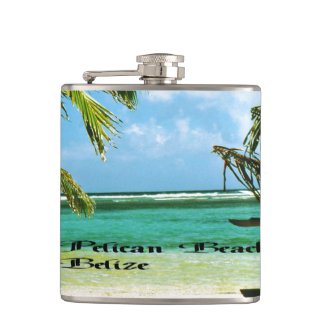Right or wrong, this is the way it was.
Just two years after Martin Luther began the Reformation, on the other side of the world, 34-year-old Hernan Cortés landed in Central America in 1519. His conquistadors had the mixed motives of “God, Glory and Gold.”
In what he believed to be a holy cause, Cortés told his small army: “Soldiers of Spain, we are standing upon the verge of the greatest adventure ever undertaken by so small a body of men. We now leave the known world behind us: from this time forth we plunge into a region never before trodden by men of our race or religion. The hazards of this adventure I shall not dwell upon; they are well estimated by the bravest among you. … The shores we shall storm are lined with teeming millions of savages, unfriendly if not openly hostile. We have only our swords and our good right arms to protect us against their overwhelming numbers. Therefore let not childish strife or inner dissension weaken the front we must present to the enemy. If we go as united as we go courageously, we have nothing to fear, nothing to lose. … We are marching as Christians into a land of infidels. We seek not only to subdue boundless territory in the name of our Emperor Don Carlos, but to win millions of unsalvaged souls to the True Faith.”
Cortés ordered his ships sunk. There was no turning back.
With 500 men, 16 horses and 10 cannons, Cortés set out from Vera Cruz on Feb. 10, 1519, toward Tenochitlan-Mexico City. Mexico City was the capital of the Aztec Empire, which ruled Central America after the Mayan civilization peaked around 900 A.D.
The Aztec Empire consisted of 6 million people stretched over 200,000 square miles. As Americans today are shocked by reports of Planned Parenthood cutting out baby body parts and selling them, Cortes’ troops were likewise shocked by gruesome sights, such as:
- prisoners with their hearts cut out
- pyramid style temples covered with human blood
- bodies of men and boys without arms or legs
- human skulls stacked on poles
- hundreds of thousands of human skulls arranged in piles
- gnawed human bones piled in houses and streets
- wooden houses built with grates jammed with captives awaiting sacrifice
- pagan priests with hair matted with dried blood, the stench of carrion, sodomy
- sacrificed humans rolled down temples where frenzied hoards ate them
This was part of their religion which believed the sun god needed human blood to live and that the Aztecs were responsible to feed him daily with captives from other tribes.
As the Spanish troops went from town to town, other Indian tribes were elated with hopes of being freed from Aztec rule which required them to provide youth for sacrifices. Cortés men freed captives, rolled idols down temple steps and erected crosses.
Francisco Lopez de Gomara, Cortés’ personal secretary and chaplain, reported how they found in Cozumel a Catholic priest, Gerónimo de Aguilar. He had been shipwrecked on Yucatan eight years earlier and had learned the language: “So Gerónimo de Aguilar preached to them about salvation, and, either because of what he told them, or because of the beginning they had already made, they were pleased to have their idols cast down, and they even assisted at it, breaking into small pieces what they had formerly held sacred. … And soon our Spaniards had left not a whole idol standing, and in each chapel they set up a Cross or the image of Our Lady, whom all the islanders worshiped with prayer and great devotion. … They begged Cortés to leave someone behind to teach them to believe in the God of the Christians; but he did not dare consent, for fear they might kill the preacher, and also because he had few priests and friars with him. And in this he did wrong, in view of their earnest request and supplications.”
In giving battle instructions, Cortés exhorted: “Sirs, let us follow our banner which bears the sign of the Holy Cross, and through it we shall conquer!”
The blogger has been a writer/photographer for over thirty years. Specializing in nature and landscape photography, as well as studying native cultures.
His travels have taken him to most of the United States, as well as Australia, Belize, Egypt and the Canary Islands.
He has studied the Mayan culture of Central America as well as the aborigines of Australia. Photography has given him the opportunity to observe life in various parts of the world.
He has published several books about his adventures.
For more information, please consult his website,www.journeysthrulife.com.
Your comments are welcome


